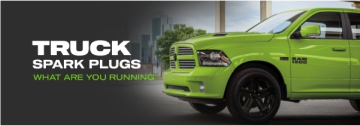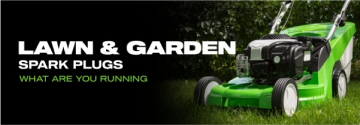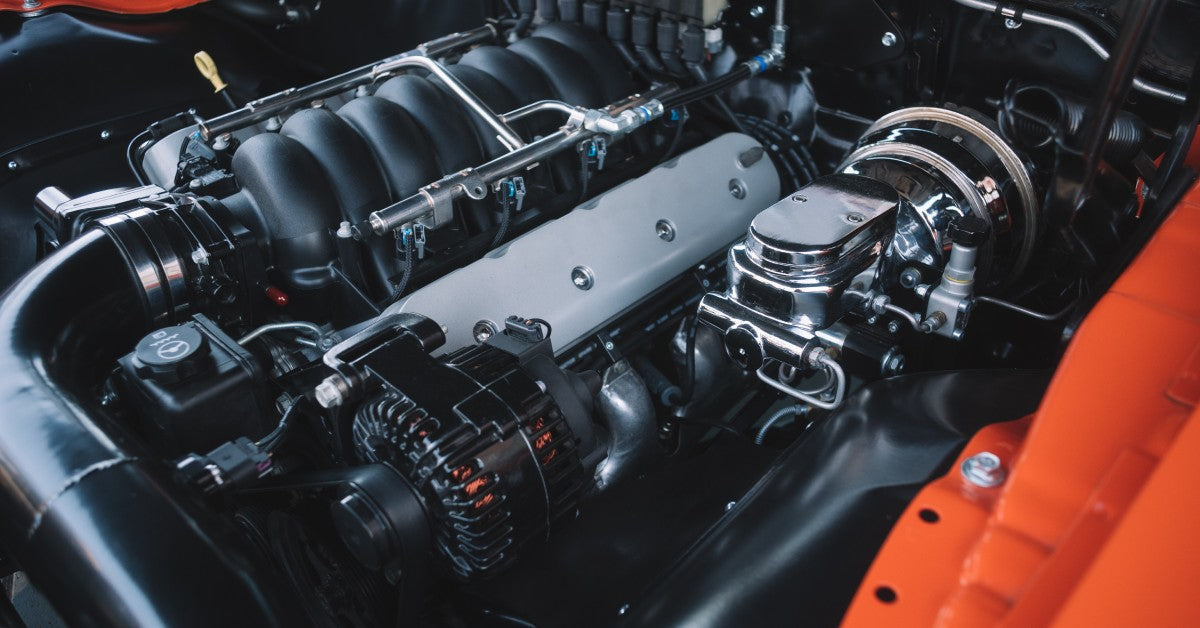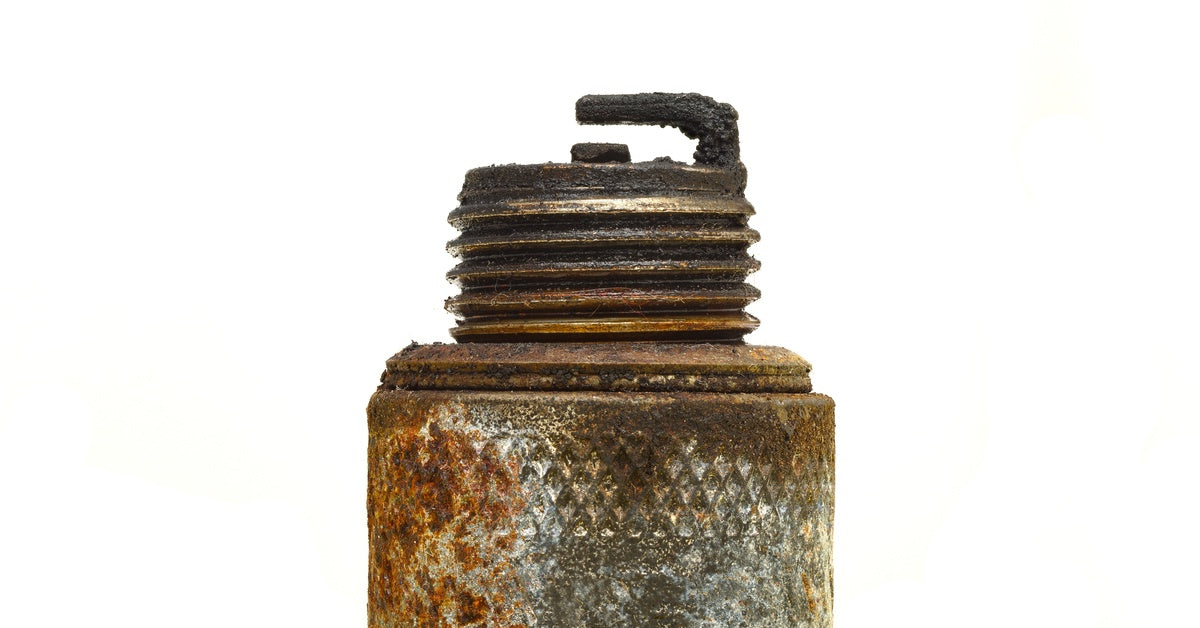If you live in a state that requires annual or biannual smog and emissions tests on your vehicle, E3 Spark Plugs has your automotive cheat sheet. Failing or dodging your mandated emissions test can result in your being denied registration of your vehicle and rack up legal infractions and fines. But a few simple steps can help assure your ride passes with flying colors.

A few simple steps, including installing a new set of E3 spark plugs, can help assure your vehicle passes emissions testing.
- Get an oil & filter change: Dirty oil results in dirty emissions. Be sure to get your oil changed in the days just before you vehicle undergoes testing. Don’t forget to change the oil and air filters while you’re at it. If your fuel filter is five years old or older, it will need changing, too.
- Check for leaks: These include any potential leaks in the hoses of your engine compartment (especially vacuum lines). Replace any hoses that show signs of leaks or are simply beginning to wear out. Give the engine a look look-over. If you see oil residue, your vehicle likely is losing oil pressure and the culprit may be a blown gasket. Also check for exhaust leak. The simplest way? Just start up and rev your engine. If your muffler hollers, you might have an exhaust leak.
- Check the positive crankcase valve: Another easy check. Just give it a quick shake and listen for a clicking sound. That will be your cue that it’s working fine. If you don’t hear a click, head to the mechanic’s shop or auto parts store.
- Test your battery: A weak battery can affect your fuel injector’s performance and alter the outcome of your smog test.
- Change your spark plugs and check your spark plug wires: Worn or fouled spark plugs, as well as worn spark plug wires can result in less-than-stellar results on your emissions test. Of course, we recommend E3 spark plugs. Our DiamondFire Technology allows your vehicle to create more power using less fuel than conventional spark plug designs. And it’s the only spark plug recognized by the EPA (Environmental Protection Agency) as an emissions control device. Also be sure to check your spark plug wires and replace any that look worn.
- Fill up with premium gasoline: We know, we know – gas prices are crazy these days. But premium gasoline is cleaner and more environmentally friendly. So one fill-up just before your test will be worth the extra cost.
- Bring your vehicle in warm: Ideally, run it for 10 to 15 minutes each on the highway and on city streets. This will help burn off any emissions you don’t want showing up on your test. And if possible, check the weather forecasts and schedule your test on a sunny day. Rainy and cool weather require you or your emissions testing mechanic to run your vehicle’s engine for a longer period of time before administering the test.
Even if your state doesn’t require emissions or smog testing, we at E3 Spark Plugs encourage you to keep your vehicle in its cleanest running condition possible. Dirty emissions pollute the environment and put you and your family at risk of cardiac and respiratory ailments.







